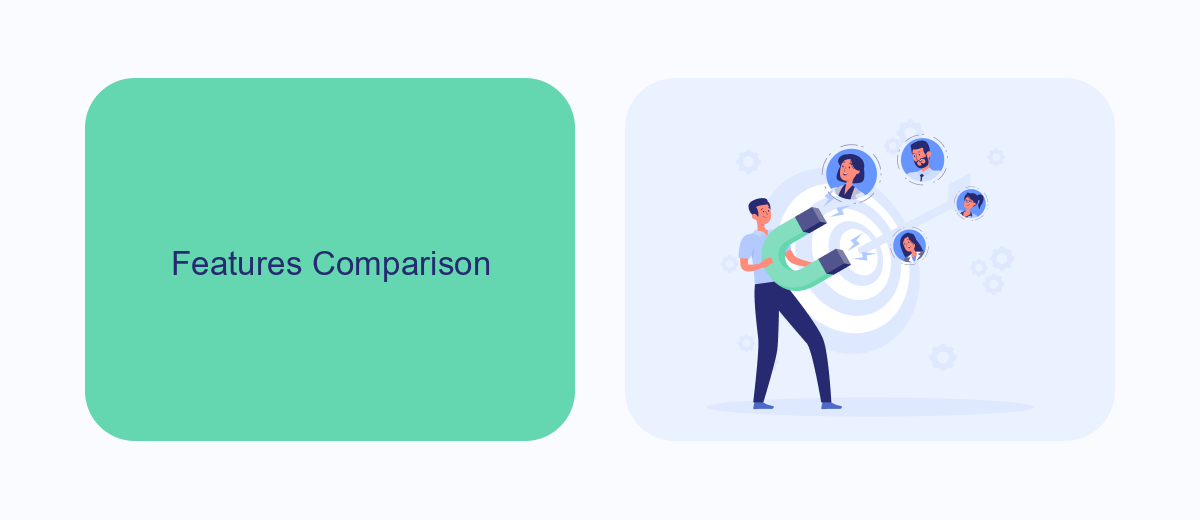In today's rapidly evolving digital landscape, integrating various applications and data sources is crucial for business efficiency. Two prominent players in the integration platform market are MuleSoft and Celigo. This article delves into a comparative analysis of these platforms, examining their features, capabilities, and the unique advantages each offers to help organizations streamline their operations and drive growth.
Introduction
In today's rapidly evolving business landscape, seamless integration between various software systems is crucial for operational efficiency and data consistency. Two prominent players in the integration platform as a service (iPaaS) market are MuleSoft and Celigo. Both offer robust solutions to help businesses connect disparate systems, automate workflows, and streamline processes.
- MuleSoft: Known for its powerful Anypoint Platform, MuleSoft provides extensive capabilities for API management, data integration, and application connectivity.
- Celigo: With its integrator.io platform, Celigo focuses on simplifying integrations, offering pre-built templates and a user-friendly interface for quick deployment.
- SaveMyLeads: Another noteworthy service, SaveMyLeads, specializes in automating lead data transfer from various sources to CRM systems, enhancing marketing and sales efficiency.
Choosing the right integration platform depends on various factors including the complexity of your integration needs, budget, and specific business requirements. This article aims to provide a comprehensive comparison of MuleSoft and Celigo, highlighting their features, strengths, and potential use cases to help you make an informed decision.
Features Comparison

When comparing MuleSoft and Celigo, both platforms offer robust integration solutions, but they cater to different needs. MuleSoft is known for its comprehensive API-led connectivity approach, which allows enterprises to connect applications, data, and devices seamlessly. It provides a wide range of connectors and pre-built templates, making it suitable for large-scale, complex integrations. MuleSoft also offers advanced data transformation capabilities and extensive monitoring and analytics tools, ensuring high performance and reliability.
On the other hand, Celigo specializes in simplifying integrations for mid-sized businesses with its user-friendly interface and pre-built integration apps. It focuses on ease of use, allowing users to quickly set up and manage integrations without extensive technical knowledge. Celigo’s iPaaS (Integration Platform as a Service) provides a highly intuitive design, making it accessible for businesses looking to streamline their processes efficiently. Additionally, services like SaveMyLeads can complement platforms like Celigo by automating lead data integrations, further enhancing productivity and operational efficiency.
Pricing

When comparing MuleSoft and Celigo, pricing is a crucial factor to consider. Both platforms offer a range of plans to cater to different business needs, but their pricing structures vary significantly.
- MuleSoft: MuleSoft operates on a subscription-based model with various tiers. The pricing is typically higher and is designed for larger enterprises with complex integration needs. The cost can range from ,000 to ,000 per year depending on the features and the level of support required.
- Celigo: Celigo offers more flexible and affordable pricing options, making it suitable for small to medium-sized businesses. Their plans start at around 0 per month, with additional costs based on the number of integrations and the level of customization needed.
Additionally, services like SaveMyLeads can complement these platforms by providing easy-to-use tools for setting up integrations without extensive technical knowledge, potentially reducing overall costs. Ultimately, the choice between MuleSoft and Celigo will depend on your specific business requirements and budget constraints.
Use Cases

When comparing MuleSoft and Celigo, it's essential to understand the various use cases for each platform. Both are designed to facilitate seamless integration between different systems, but they cater to slightly different needs and industries.
MuleSoft is often the go-to solution for large enterprises requiring complex, multi-layered integrations. Its robust API management capabilities and extensive connectivity options make it ideal for businesses needing to integrate numerous applications and data sources.
- Large-scale enterprise integrations
- API management and development
- Real-time data synchronization
- Legacy system integration
On the other hand, Celigo is tailored for mid-sized businesses looking for a more user-friendly and cost-effective integration solution. Its pre-built connectors and intuitive interface simplify the integration process, making it accessible even for non-technical users. For instance, services like SaveMyLeads can be easily integrated with Celigo to automate lead management and streamline workflows.
Conclusion
In conclusion, both MuleSoft and Celigo offer robust solutions for integration needs, each with its own strengths and weaknesses. MuleSoft is well-suited for large enterprises that require a comprehensive and scalable platform with extensive customization capabilities. On the other hand, Celigo is ideal for small to medium-sized businesses looking for a more user-friendly and cost-effective option that still delivers powerful integration capabilities.
For businesses seeking an alternative or supplementary solution, SaveMyLeads can be an excellent choice. This service simplifies the integration process by offering pre-built connectors and an intuitive interface, making it easier for companies to automate workflows without extensive technical knowledge. Ultimately, the best choice depends on the specific needs and resources of your organization, but with options like MuleSoft, Celigo, and SaveMyLeads, businesses can find a solution that fits their integration requirements effectively.


FAQ
What are the main differences between MuleSoft and Celigo?
Which platform is better for small to mid-sized businesses?
Can both MuleSoft and Celigo integrate with cloud applications?
What kind of support services are available for these platforms?
How do these platforms handle data security and compliance?
What do you do with the data you get from Facebook lead forms? Do you send them to the manager, add them to mailing services, transfer them to the CRM system, use them to implement feedback? Automate all of these processes with the SaveMyLeads online connector. Create integrations so that new Facebook leads are automatically transferred to instant messengers, mailing services, task managers and other tools. Save yourself and your company's employees from routine work.
